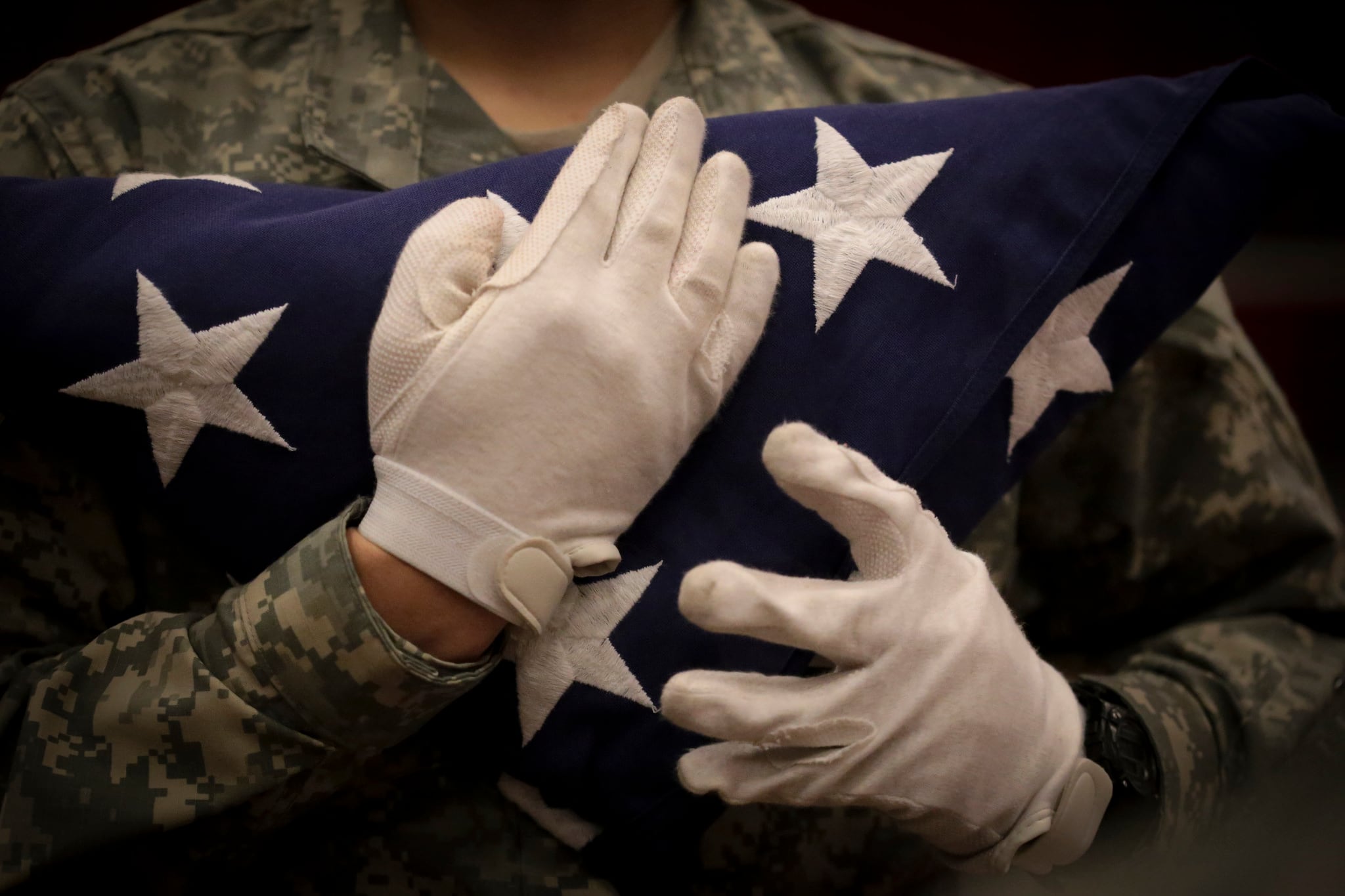WASHINGTON – President Donald Trump and his national security team will meet at Camp David Friday to try to finalize the way ahead for U.S. troops in Afghanistan.
“We will move this toward a decision,” Mattis said at a press conference Thursday in Washington with Secretary of State Rex Tillerson and their Japanese ministerial counterparts at the State Department.
National security adviser Lt. Gen. H.R. McMaster, Tillerson and Mattis have been trying for months to shape a future strategy for Afghanistan that meets Trump’s approval.
Friday’s discussion is likely to include very specific details for a wide range of options, including the possibility that U.S. forces could withdraw completely. Conversely, Mattis and the team are also finalizing a strategy that could order an estimated 4,000 more troops to Afghanistan.
The options still included as late as Monday the possibility that the U.S. may consider outsourcing some of the military portion to private contractors, a move opposed by the Afghan government.
The additional U.S. troops would be part of an overall plan to help the Afghan army repel Taliban attacks in Helmand province and to rout cells of Islamic State fighters that have taken hold in Nangarhar province.
There are approximately 8,500 U.S. troops in Afghanistan, 3,000 more than were originally planned to remain in 2017. Former President Barack Obama decided in July 2016 to keep the number of U.S. troops in Afghanistan at a higher level due to increase in Taliban attacks.
Since then, Afghanistan’s security has further deteriorated and U.S. forces have expanded their offensive operations against the Taliban and ISIS.
RELATED

A member of the Utah National Guard was killed Wednesday in Nangarhar when his unit was clearing a building that was wired to explode. The unit was conducting partnered operations with Afghanistan forces against ISIS-Khorasan. The death marked the 10 combat death in Afghanistan this year and 11th overall, equal to all the losses in 2016.
Tara Copp is a Pentagon correspondent for the Associated Press. She was previously Pentagon bureau chief for Sightline Media Group.









